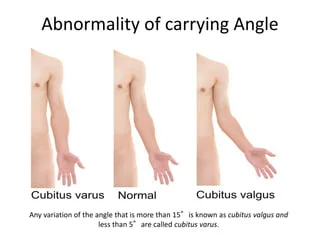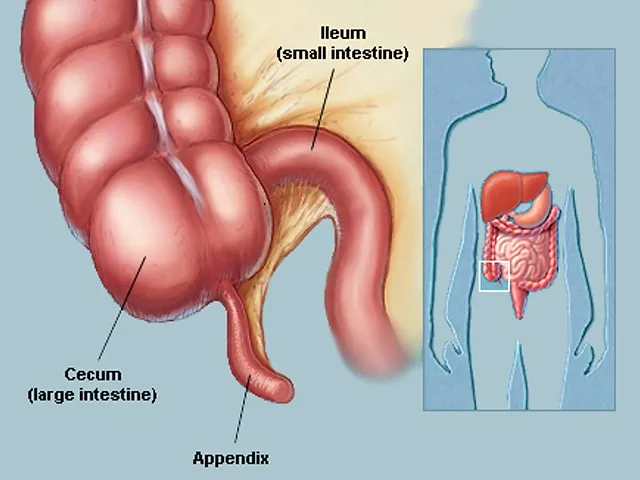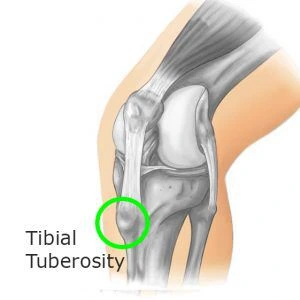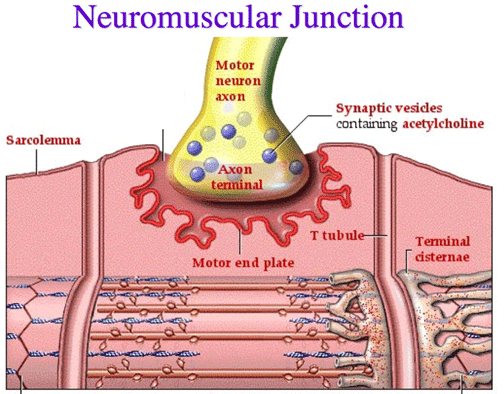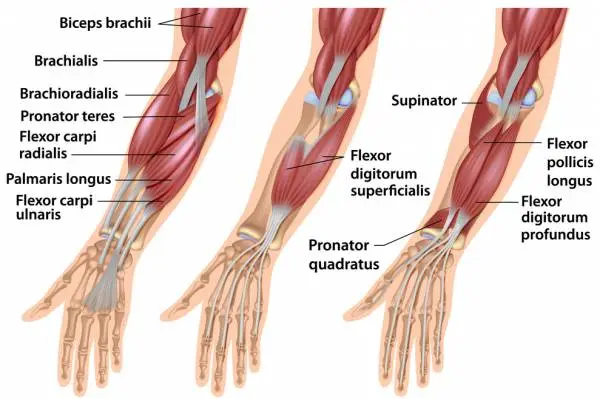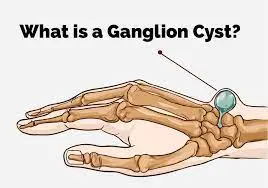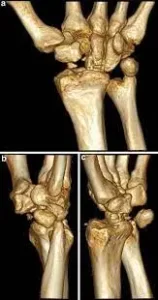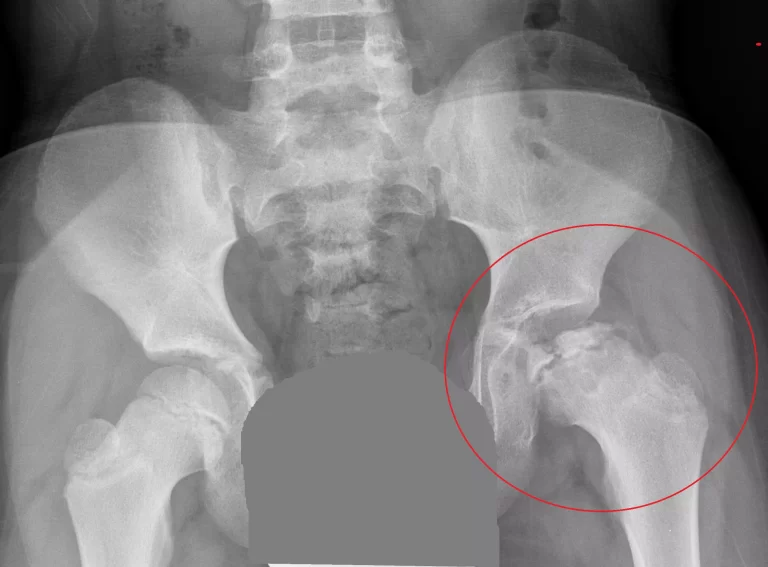Best Physiotherapy Clinic in AK Road, Surat
If you are looking for the Best Physiotherapy clinic near you in AK Road, we have updated the list of Physiotherapy centers in AK Road, Surat. List of Physiotherapy Clinic in AK Road, Surat Physiotherapy Clinic Address: Sahyog Physiotherapy and Fitness Center Clinic Address: 3rd Floor, Shiv Ashish ComplexVarachha Main RoadBaroda Prestige Char RastaSurat, Gujarat…


